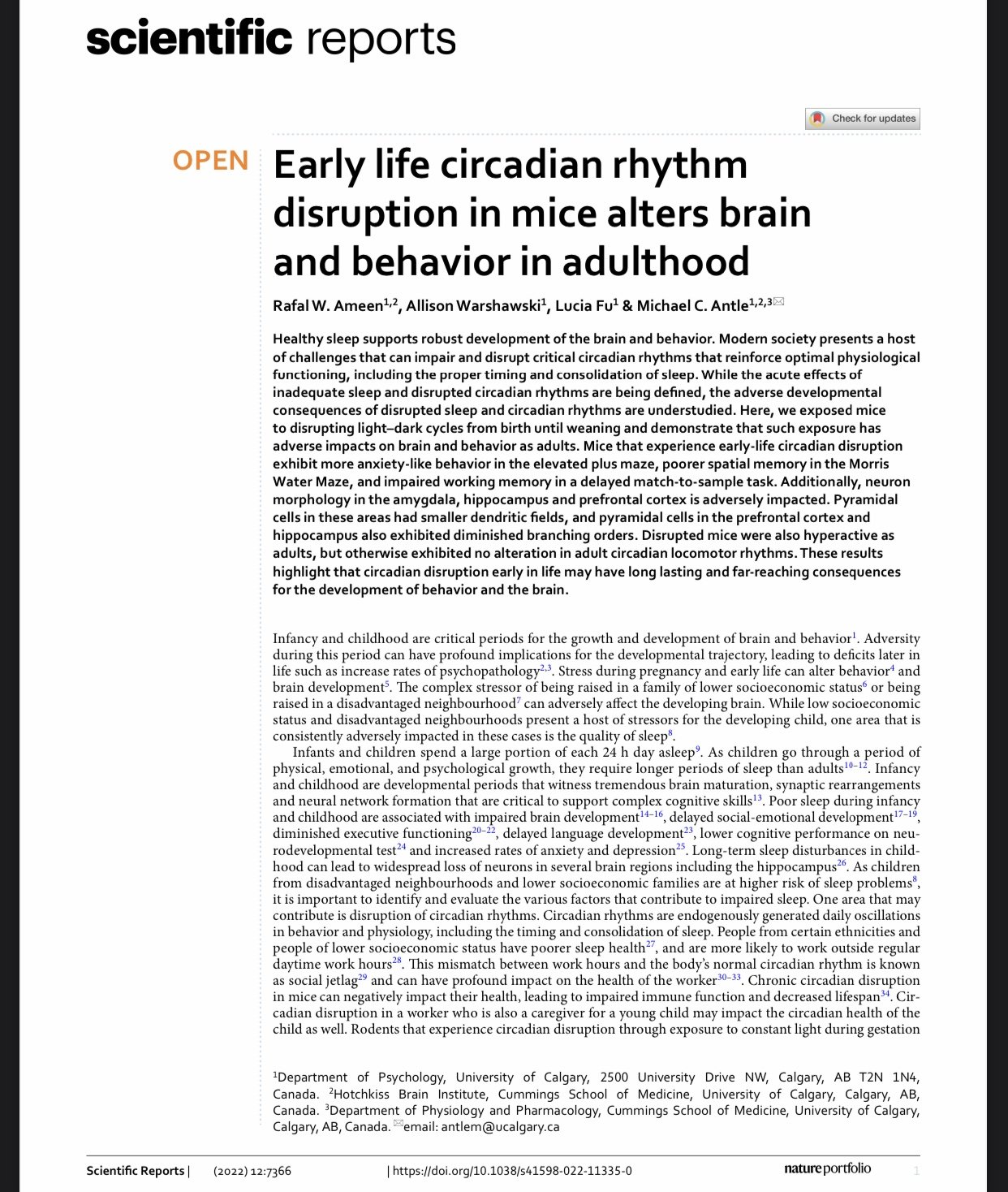Studies on quats: Can Hand Sanitisers Harm Your Fertility?
/“Quats,” short for quaternary ammonium compounds. They’ve been part of cleaning products for decades.
Because they were invented before most toxin regulations came into place, quats are mostly “grandfathered” into the chemicals used today.
Researchers are finding more and more about the harms of quats, including on fertility. In this article, we go over what research has found out about quats.
According to a pivotal study by researchers from Virginia Tech University and the Edward Via College of Osteopathic Medicine, quats is a common ingredient in cleaning supplies that undermined fertility in both male and female mice.
the study
For the study, the researchers exposed female and male mice to quats. These were a mixture of two common quats – alkyl dimethyl benzyl ammonium chloride (ADBAC) and didecyl dimethyl ammonium chloride (DDAC).
After five weeks of daily exposure to the quat mix, female mice spent significantly less time in heat, and after eight weeks of exposure, ovulated less frequently and produced fewer viable embryos than female mice in the control group, the scientists reported.
They found that quats appeared to impair the reproductive systems of male mice even more dramatically.
quats were used to clean the mice cages and floors
The scientists fed small amounts of the quat mix to one group of male mice for eight days.
A second group of males wasn’t dosed deliberately but for seven weeks was housed in a facility where lab staffers conducted routine cleaning with the disinfectants.
In both groups, the male mice showed lower sperm concentrations and fewer swimming sperm than a control group of mice that was not exposed to the two quat chemicals under investigation.
You can read the study published in the journal Reproductive Toxicology here.
quats harm on fertility
This adds to earlier studies linking quats to fertility risks. An earlier study by research teams from Virginia Tech and Washington State University, found that female mice exposed to the quat combination took longer to achieve pregnancy, developed fewer pregnancies. and gave birth to smaller litters.
That December 2014 study has an interesting origin story. One of its lead researchers, Hrubec, noticed that the mice in her lab were reproducing less frequently. She only discovered the link after suspecting her lab assistants’ habit of wetting their hands with quat-laced disinfectant before handling the mice!
That brought Hrubec to an article in the journal Nature about Patricia Hunt, a prominent geneticist at Washington State, who had made similar observations in her own lab in 2005.
(Hunt is famed for another lab accident, back in 1998, that led her to discover that the endocrine-disrupting chemical bisphenol A was leaching from her lab animals’ plastic water bottles into their bodies. She told EWG in 2008 that BPA exposure scrambled the chromosomes in the animals’ eggs, rendering them infertile.)
post-pandemic increase in exposure to quats
During the pandemic, many people loaded up on disinfectants, hand sanitizers, and sanitizing wipes to keep possible viruses at bay.
It even changed many people’s habits to preferring sanitisers over simple hand washing, believing that the chemical wash helps them avoid getting sick.
However, now people are exposed to quats because of widespread use of these chemicals in homes, offices, stores, schools, medical facilities and elsewhere. EWG’s research on school cleaning supplies revealed quat-containing cleaners used in multiple school districts in California.
Quats are well-documented allergens and can cause otherwise healthy individuals to develop asthma.
It is highly ironic if, in a bid to rid ourselves of exposure to possible viruses, we expose ourselves to definite toxins and develop lung diseases and breathing difficulties instead.
References
Exposure to common quaternary ammonium disinfectants decreases fertility in mice, https://www.sciencedirect.com/science/article/abs/pii/S0890623814001920
EWG’s Guide to Healthy Cleaning lists more than 250 cleaning products that contain quats.






